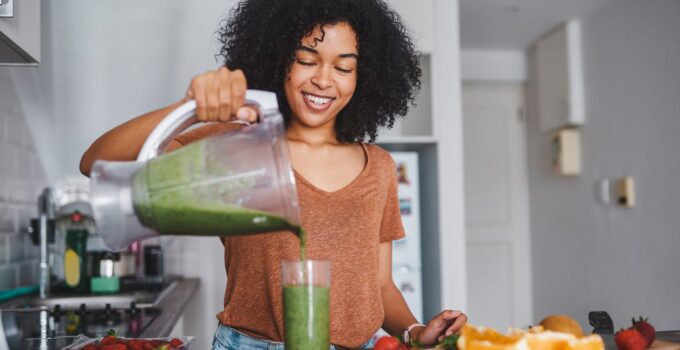From a young age, it’s drilled into us to eat healthily. As you get older, you will become more aware of the links between the foods you eat and the health of the environment. What you put on your plate has important implications for how and what we eat in the future.
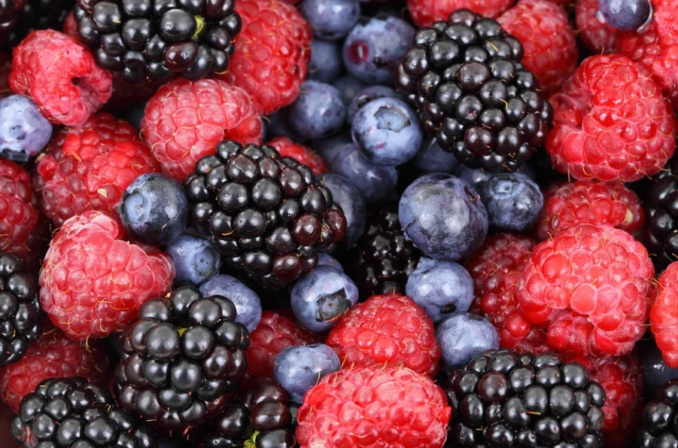
Source:pixabay
Sustainable living helps to protect the planet for future generations to come. So, if you’re ready to make minor changes that will have a huge impact on the environment, here are seven ways you can eat healthily while helping the planet too.
Avoid Takeouts
You’re forgiven if you have a favorite takeout restaurant on speed dial, especially over the last year and a half due to COVID-19. However, rather than ordering a burger or pizza to satisfy your cravings, why not have a go at cooking something up yourself? Not only will you make tasty, nutritious meals, but you will also cut down on the number of takeout containers being used. If you want eco-friendly meals and need a helping hand, you may want to head to https://www.top10.com/meal-delivery/reviews/freshology.
Reduce Meat Intake
It’s safe to say we’re a nation of meat eaters. In fact, the United States has the planet’s second-highest consumption of beef after Argentina. While no one is saying you must go veggie, reducing how much meat you eat can make a remarkable difference, both for your health and the planet. If you eat less meat, you will reduce greenhouse gases, save the Amazon from destruction, contribute to the reduction of animal cruelty, not to forget save money too. For those struggling to reduce their meat intake, try and dedicate a day where you stick to meat-free options. You will be surprised how many delicious vegetarian recipes are out there that taste just as good!
Eat Organic
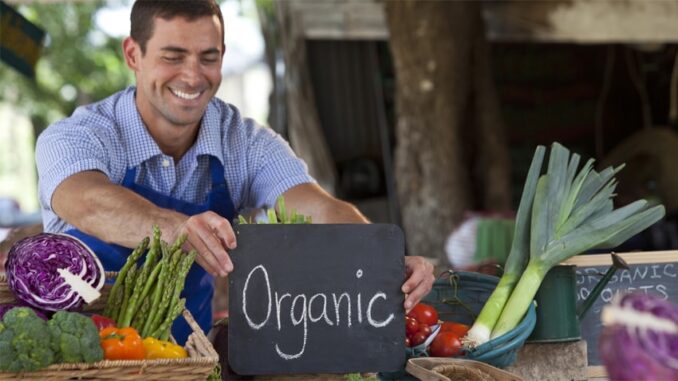
Source:healthblog.uofmhealth.org
While buying organic produce may be a little more expensive, doing so will protect the country’s water and soil. There are tons of chemicals and pesticides used in conventional farming methods which decrease the nutritional profile of the food we eat. When compared to conventional meat, organic meat contains higher levels of omega-3 essential fats, which are vital for boosting mental function and reducing inflammation.
Purchase Imperfect Produce
When you next go grocery shopping, rather than sifting through produce until you find picks more appealing on the eye, you should opt for imperfect food instead. This is because you will be helping to prevent food waste, while still reaping all the health benefits that go with eating them. Billions of pounds of produce go to waste each year because they’re deemed too ‘ugly’ for grocery store standards. Just because this produce doesn’t look like the rest, this does not mean it isn’t safe to eat. Look in your local food market for cheaper ‘imperfect’ produce. Many stores now bag up wonky carrots and lumpy potatoes and sell them at a cheaper price to less discerning customers. Who cares whether your carrots are bent or have extra protuberances? They still taste the same when sliced up or mashed into a pan of potato!
Grow Your Own Food
Whether you have lots of space in your backyard or not, there are tons of foods that you can grow from home. Growing your own food will encourage you to eat healthier, and also cut down on bills too. Many of us are conscious of our carbon footprint. If this sounds like you, growing your own produce will allow you to do your bit for the environment. Even if you don’t have space to grow vegetables, growing a few herbs on your front porch, or some white sage in your garden, can contribute towards the health of the environment. It’s really easy to grow small veggies and herbs in a box on your kitchen windowsill. In fact, some varieties prefer a warmer, indoor environment, where they are protected from cold wind and too much rain. Chilies are easy to grow indoors, as are bell peppers. They will thrive on a sunny, south-facing windowsill, so give it a try.
As you get into the habit of growing your own produce, you will reduce greenhouse gas emissions and improve the quality of oxygen for all.
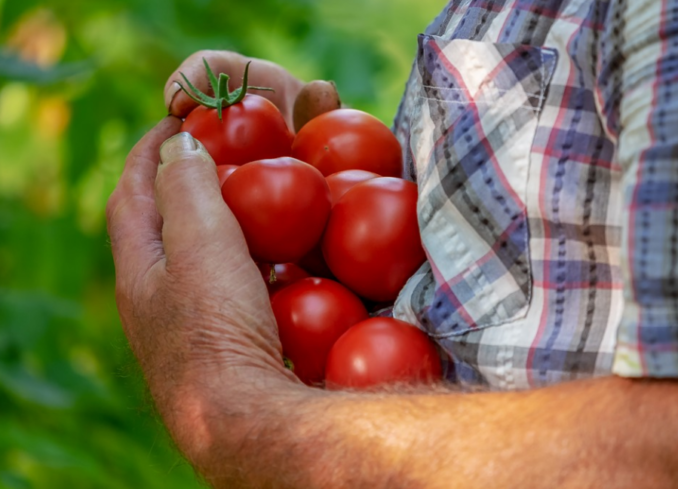
Source:pixabay
Buy Local
If you’re always in your car driving mile after mile to a grocery store, you may be passing by local, independent shops that sell just as tasty produce. When you buy food locally, you can be confident the quality will be better, you’ll get more nutrition, as well as be caring for the environment. If you have a farmers’ market nearby, why not head on down? As it’s literally farm-to-table, any food you bring home could not be any fresher. You will gain huge health benefits from eating the produce too, especially as it hasn’t had to travel across the country to land on your doorstep.
Ditch Plastic
Many of us forget just how much plastic we buy on a day-to-day basis. The next time you’re at the grocery store, take a look at how many vegetables are wrapped in plastic. While many of the big giants are making commitments to decrease and remove plastic packaging, it will take a while for every grocery store to jump on board. In the meantime, you can load up on health-benefiting veggies the eco-friendly way. Simply shop for plastic-free produce and place them in reusable mesh produce bags. Once you get into the habit of doing this, you will be amazed you didn’t start sooner.
If you try out any of the above, switching habits can prove beneficial for reducing your carbon footprint, and making the planet a better place to live. What’s more, your own health will improve too.
How to Grow Food at Home
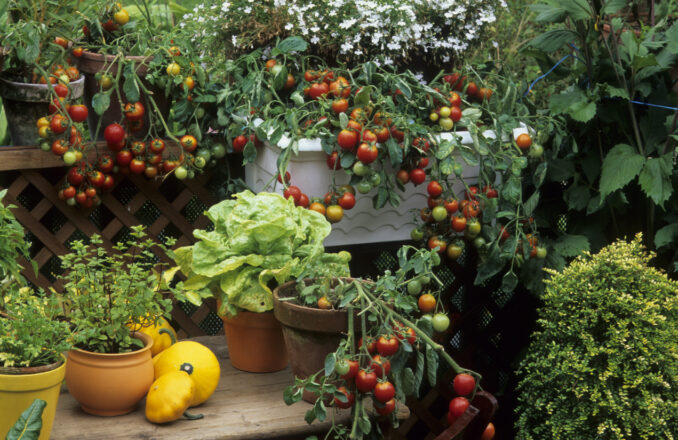
Source:foodgardening.mequoda.com
There are many types of healthy food (veggies and fruits) that you can grow at home with a few simple steps. The list below puts into consideration some basic tips that will guide you throughout the process. But, which steps you will actually make depends on the type of meal you want to prepare or the health goal that you have. You can listen to Supergut and focus on intaking resistant starch more often or do something else. Whichever goal you have, simply stick to it and never give up. Growing food at home is a wonderful and cost-saving alternative. Here are the tips that will make things comfier.
Make Plans Ahead
After you determine what your goal exactly is, you must start making plans immediately. Before everything, it is crucial to find the right spot for your small garden. No one says that you need to rent a space to reach your goal. As a beginner, it is better to start with a small surface. A few containers are going to be absolutely fine.
Also, our recommendation is to start with a couple of plants at once. This will help you determine what you know and don’t know to do. Generally speaking, even if you know nothing about growing food, you will easily notice which type of plan requires more attention. That way, you will manage to fix mistakes and get some lessons for the future.
Get Familiar with Your Soil and Improve It
You don’t have to be a genius to realize whether the soil tends towards sand, loam, or clay. Apart from that, the quality of soil is not always the same. You need to take a closer look of it and determine whether you need to do something to prepare it properly. As we previously said, different plants have different requirements. For example, if you decide on growing onions, then ground in clay soil is going to be fine. But, if you want to grow strawberries, you will have to get a container or a similar alternative.
After you get familiar with the soil, you need to find the best possible way to enrich it. Some people decide on using fertilizers. That way, they want to nourish the plants they will grow. Finding the perfect option isn’t good as most garden centers in bigger towns have everything that you could potentially need.
Get Ready for Threats
Insects will always be there as your plants are going to be their target always. If not insects, then you will have to detail with birds. Anyway, your duty is to find the best possible way to protect your plants from any form of threat. The easiest way to do that is to find the appropriate coverings. If you ask us, the best protection comes in form of polythene. Some people use mesh covers, but that usually doesn’t work. They are usually vulnerable to frost. In the end, we know that some people also deal with the feline threat. In that case, you only need to get a chicken wire.


